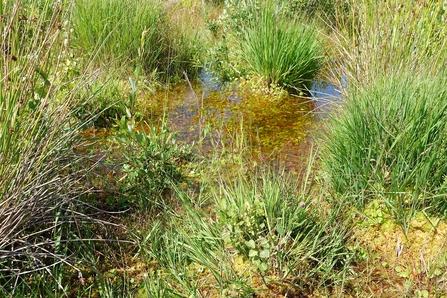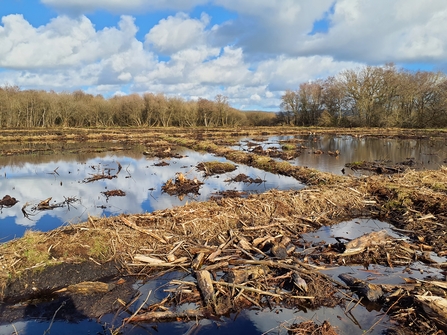Peatlands are a kind of wetland habitat, but over decades and centuries past, the natural retention and flows of water within the landscape of the Somerset Levels and Moors have been changed by drainage to reclaim the land and use the peat for fuel, compost, or farming.
In 1970 Somerset Wildlife Trust acquired one of the largest remnants of lowland raised bog in the South West, the mire at Westhay Moor. However, the impacts of the drainage and peat extraction are still evident today. For years the Reserves Team and volunteers have battled the trees, scrub and bracken that are showing us that all is not well beneath our feet. The industrial past of the site, and drainage of the wider landscape has meant that water is draining out of the peat much faster than it should. As custodian of this rare habitat the Trust has made a bold, new stand to protect what remains.



